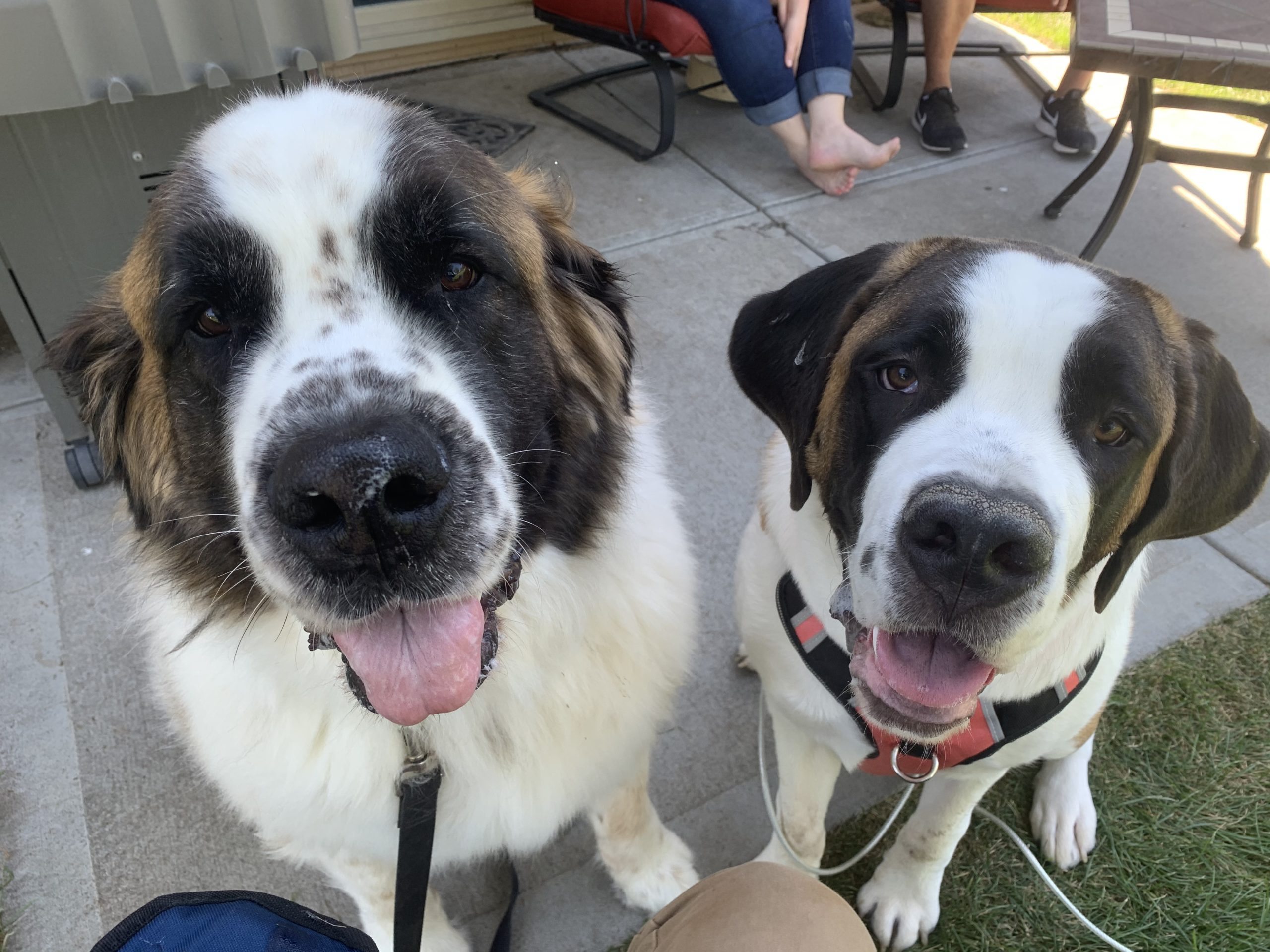Tips to Help a St Bernard Puppy Stop Acting Aggressive to Other Dogs
By: David Codr
Published Date: September 9, 2020
For this Omaha puppy training session we worked with a pair of St Bernards (5 year old Bruno left, and 9 monthly puppy Penny) using our click for looks method to stop Penny from acting aggressive to other dogs.
Due to CoronaVirus, I am seeing more puppies and young adult dogs who act aggressively to people or dogs due to anxiety or fears that stem from insufficient socialization. In my experience as Omaha’s Dog Behaviorist, Ive found many dogs and pups arent actually aggressive, they are just showing some aggressive behavior as a coping mechanism.
I pulled out my camera so I could go over an easy way to stop a puppy from acting aggressive. I like to call it Click for Looks and its a great way to stop a dog or puppy from acting aggressive to things it doesnt understand. You can learn how to stop a pupy from acting aggressive to strangers by watcing the free positive puppy training video below.
This is a pretty easy way to stop a puppy from barking and lunging at other dogs. Best of all, you don’t have to be a professional St Bernard dog or puppy trainer to do it.
Penny didn’t respond as well as I would have liked in the video due to her attachment to Bruno. This isnt uncommon, but is a big indicator that her guardians need to work on training her separate from Bruno and build in some Penny-time to help her practice being solo. Failure to do so will likely end up in some separation anxiety if left alone and a big problem when father time catches up with Bruno years from now.
We covered a number of other dog and puppy behavior tips in this in home Omaha dog training session. To help their guardians remember them all, we recorded a roadmap to success video that you can check out below.
Categorized in: Dog Behavior


